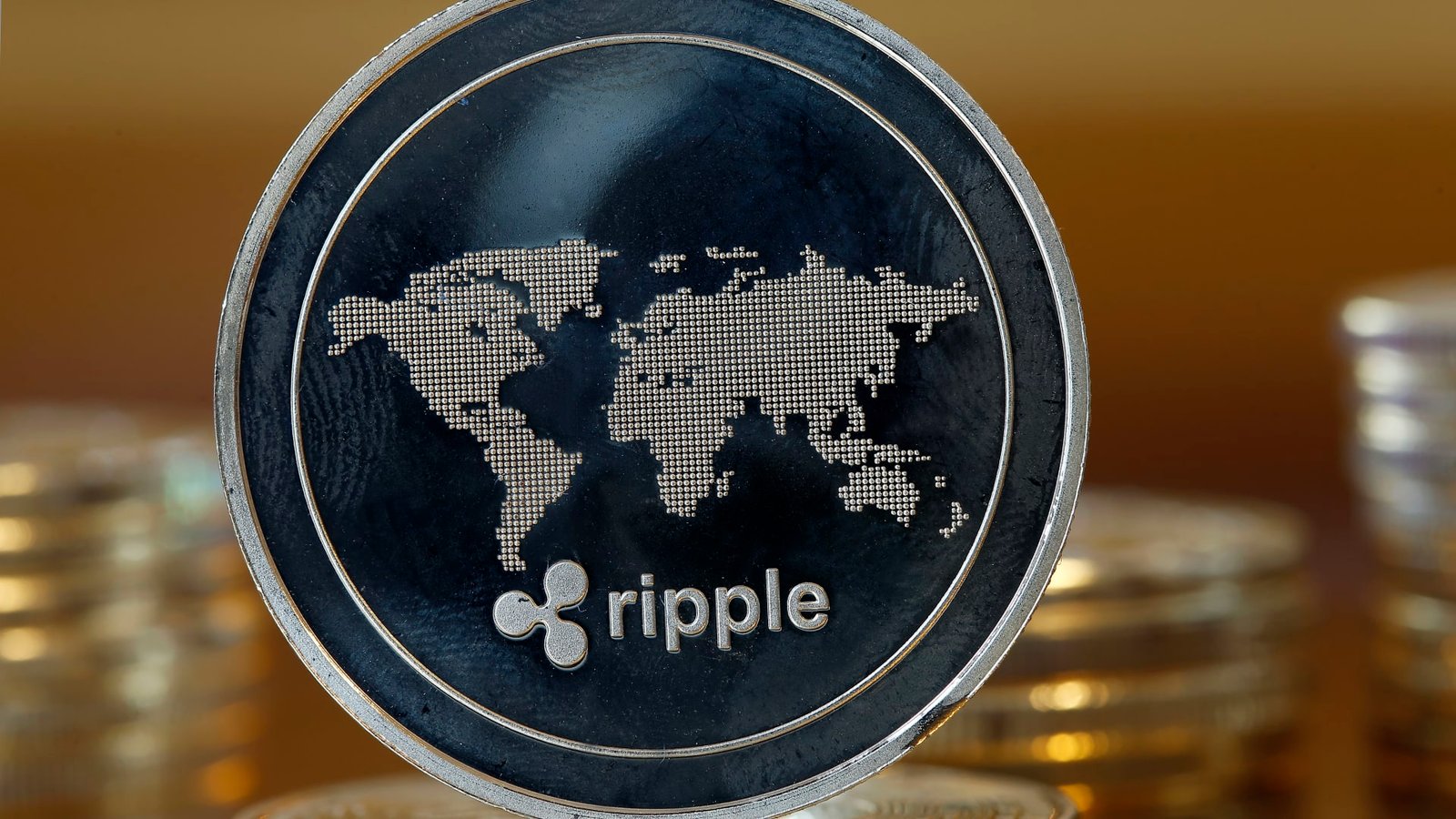There has been no greater beneficiary of President-elect Trump’s pro-crypto pledges than one of crypto’s oldest and most controversial names: the digital currency known as XRP. Since the election, the cryptocurrency is up 370%, bitcoin is up 46% and the broader crypto market, as measured by the CoinDesk 20 index, has gained 93%. During that rally, XRP overtook Solana to become the third largest cryptocurrency by market value. “The asset that has been at the front of the peloton has been XRP,” Matt Hougan, chief investment officer at Bitwise Asset Management, told CNBC. “So if we switch to regulatory tailwinds, almost by definition, it should benefit the most … it seemed like a rational response.” The latest development marks a victory lap for XRP’s most ardent supporters, who have remained loyal over the years even during Ripple’s battle with the Securities and Exchange Commission. Founded 12 years ago XRP was created by the founders of Ripple in 2012. The open source XRP is Ledger’s native token, which Ripple uses in its cross-border payments business. The largest holder of XRP coins. The contest with the SEC ended last summer when a judge ruled that XRP is not a security when sold to retail investors on exchanges, but an unregistered security offering when sold to institutional investors. Bitwise, WisdomTree and 21Shares have filed to issue XRP exchange-traded funds, which is currently the third-largest asset behind bitcoin and ether in the CoinDesk 20 index. But it’s not clear how or why XRP will run much longer. “I’ve never been a big fan of the XRP asset,” said Alex Thorn, head of research at Galaxy Digital, calling XRP now nothing more than a “blast from the past.” “There has never been a clear product market fit, despite a lot of marketing,” he added. “Overall, it has a relatively low flow, (and) it’s trading at a high valuation above some of the larger corporations.” But today the crypto market is “looking for ways to express optimism about the new administration” and the practical difficulties XRP faces, Thorne said. A “divisive” asset Hougan described XRP as a “quite divisive” asset in the market, but defended its resilience and ability to “sustain the interest of the community” through the crypto’s boom and bust cycles. He said it has a “unique and different” consensus mechanism that is cheap to run compared to Bitcoin’s proof-of-work or Ethereum’s proof-of-state ecosystems, and has been successfully maintained for years. Criticism of XRP, he added, is that investors haven’t seen its real-world use cases take off. “It’s reasonable to argue that especially for a (business-to-business) style blockchain, it’s hard to develop business use cases when you have a regulatory Damocles hanging over your head,” Hougan said. “But now that’s been taken away and we’re going to see what this blockchain that works, that has an engaged community, that has a strong foundation associated with it, can do in the business world that’s really cheap to maintain a consensus mechanism.” “This technology works and works with a low underlying cost,” added Hougan. “The heart of the investment thesis is that we don’t yet know what it can do in an unconstrained environment, and that’s what we’ll find out in the next year or two.” A Ripple spokesperson declined to comment.
